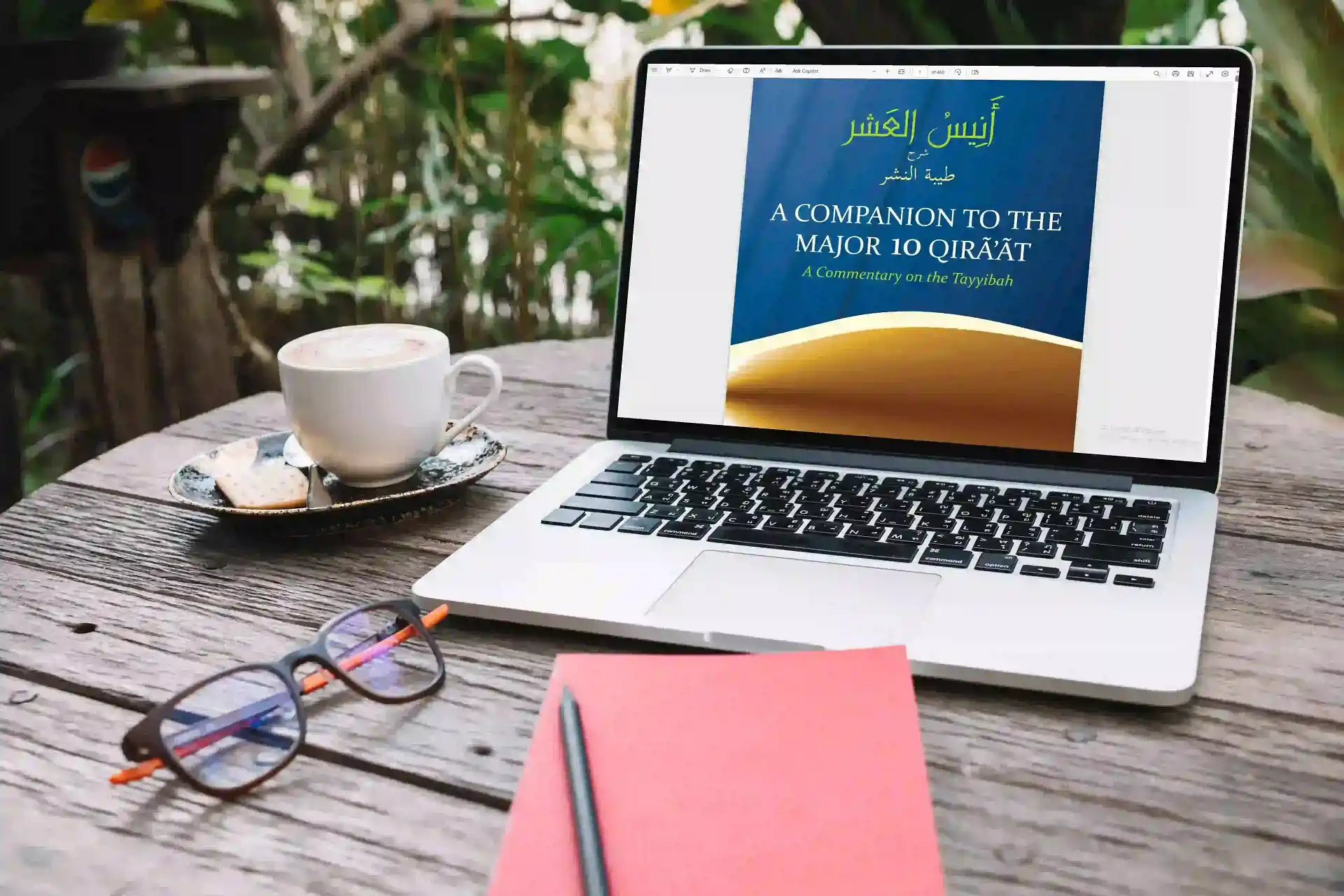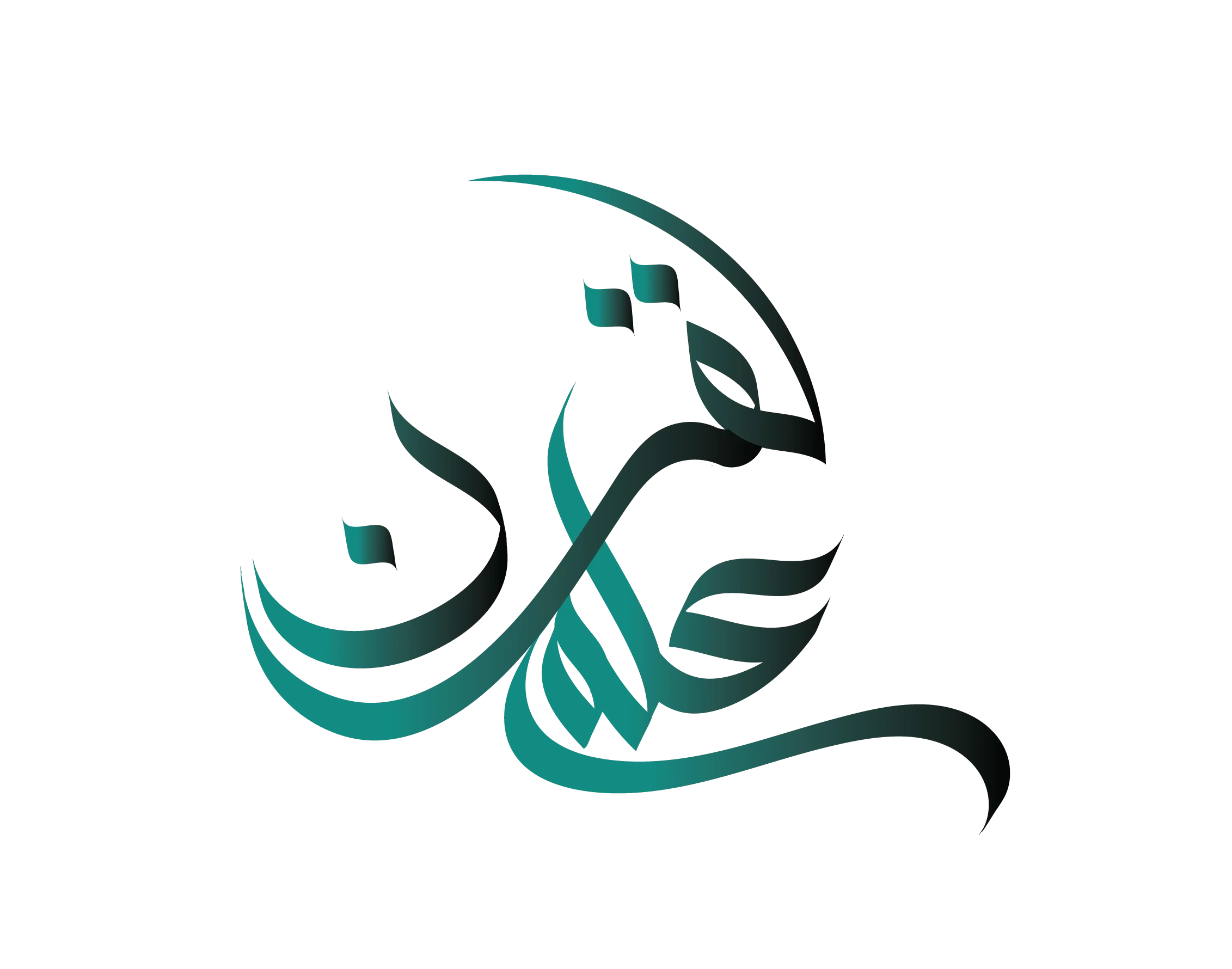Master the 10 Authentic Quran Recitation Styles
Our comprehensive Ijazah program covers all Ten Qirat through structured modules. Perfect for:
- Advanced Quran students
- Aspiring Quran teachers
- Islamic studies scholars
- Hafiz graduates enhancing skills
Program Highlights
- Certification from Ijazah-holding scholars
- Comparative analysis of recitation styles
- Historical context of each Qira'ah
- Practical application in prayers

Core Curriculum
- Historical development of Qira'at
- Comparative Tajweed analysis
- Narration chains (Sanad) verification
- Practical recitation sessions
Key Recitation Styles
- Hafs 'an 'Asim
- Warsh 'an Nafi'
- Qalun 'an Nafi'
- Al-Duri 'an Abu Amr
Historical Foundation
The Ten Qirat originate from the seven Ahruf revealed to Prophet Muhammad (PBUH). Our course covers:
- Preservation through Sahaba
- Standardization by Quranic scholars
- Modern verification processes
How the Ten Qirat Evolved
At the time of the Quran's revelation, Angel Jibril (AS) recited the Quran to the Prophet Muhammad (PBUH) in one dialect. Prophet Muhammad (PBUH) requested Jibril (AS) to increase the dialects, and he did until seven dialects were completed. All these were the same in meaning but differed in pronunciation.
Learning Approach
Theoretical Study
- Historical manuscripts analysis
- Comparative text studies
- Scholarly debates review
Practical Training
- Daily recitation practice
- Style comparison exercises
- Certification recitations
Ten Qirat Styles of Recitation
- Hafs An Aasim: The most popular recitation style, widely used.
- Qalun An Nafi: A style characterized by its unique pronunciation.
- Al-Duri An Abu Amr: Known for its distinctive recitation patterns.
- Al-Kisai: Features its own special rules and patterns.
- Al-Susi: Another unique recitation style among the ten.
Student Testimonials
Bonus Islamic Learning in Every Session
At ilmulQuran, we add value to each class by offering 5–10 minutes of essential Islamic learning at the end of your session (optional).
- Kalimas & Aqeedah basics
- Daily Duas & Salah steps
- Islamic manners & greetings
- Prophetic guidance (for kids & adults)
Perfect for building strong Islamic values alongside your main course. Optional for students – we respect individual preferences.
What Our Students Say
Discover why thousands of families trust us with their success stories
